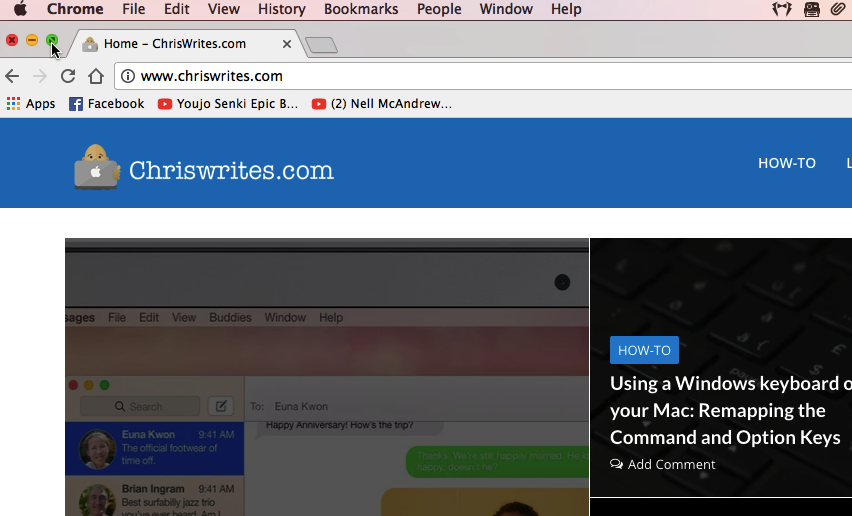

- How do i set up multiple desktops on mac android#
- How do i set up multiple desktops on mac pro#
- How do i set up multiple desktops on mac mac#
How do i set up multiple desktops on mac pro#
It works on my old MacBook Pro running macOS Sierra, but on a different MacBook Pro running the latest version of macOS Catalina, this quick method does not seem to work. Secondly, on Macs running OS versions before Catalina, you may also click on a Folder or App and then press together Command (⌘) + L. Also, if you change the folder location, the shortcut stops working. However, it is tricky and beyond the simplicity of the average user. There is a third method that I know of, which requires Terminal and some command lines. These were two easy ways to create shortcut icons on Mac. Right-click on the folder or app name and click on Make Alias. If you cannot find it, see the end for instructions. Decide which folder’s or app’s desktop shortcut you want to create.
How do i set up multiple desktops on mac mac#
How do i set up multiple desktops on mac android#
If you’re not in Mission Control, you can move a window or app to the next or previous space by clicking and dragging the app window to the right or left edge of the screen.When you download an app on Android or Windows, you get an option, or it automatically creates a shortcut on the home screen or the desktop. In Mission Control, you can move non-full screen apps between spaces: select the space with the app, then select the app window in Exposé. These two switching methods move through your spaces in a linear fashion you can’t skip from, say, Desktop 1 directly to Desktop 5. If you plan to use either of these methods, you should go into Mission Control and arrange your spaces in the order you want. If you have a trackpad, you can swipe left or right with three fingers. On your keyboard, you can press and hold the Control key and then tap the right or left arrow keys. You can use Mission Control open it, then select the space you want to use.

Once you’ve added spaces, there are several ways to switch between them. Though the system preference for the trackpad says, “Swipe between full-screen apps,” the three-fingered swipe also switches between desktop spaces. Also, you can’t delete the full-screen app space in Mission Control the circle-X button doesn’t appear. You can move the full-screen app by clicking and dragging if you add new desktop spaces after moving the full-screen app, the new spaces will be added to the end of the list. If you add desktop spaces in Mission Control, the new spaces will be added before the full-screen app. Click the circle-X to get rid of a desktop.īy default, full-screen apps appear at the end of the spaces thumbnail list. Also, if you hold down the Option key, the circle-X appears on all of the spaces (except Desktop 1 and the Dashboard). A circle with an X will appear on the upper left corner of the thumbnail. To get rid of a desktop space, move your cursor over the desktop you want to delete. Look for the pop-up in the upper right corner of the screen to add a desktop. Click on it, and a new desktop will appear. A pop-up with a + symbol will appear in the upper right corner of the screen. To add another desktop in Mission Control, move your cursor anywhere to the right of the desktop thumbnail.

Available desktops appear as thumbnails the first thumbnail is of the Dashboard, the second is of the desktop. On top of Exposé are your desktop spaces. The main section, which takes up most of the center of the screen, is Exposé, which shows your Mac’s desktop and helps you find a window on your Mac. When you open Mission Control, you’ll see two sections. If you have a trackpad, swipe up with three fingers. Since Mission Control is an app, you can also access it in Launchpad or in you Applications folder, or you can press the F3 button on your keyboard. To access Mission Control, just click on its icon in the Dock (it’s there by default, next to the Launchpad icon on the left side of the Dock).


 0 kommentar(er)
0 kommentar(er)
